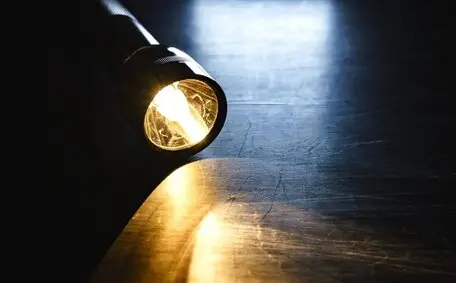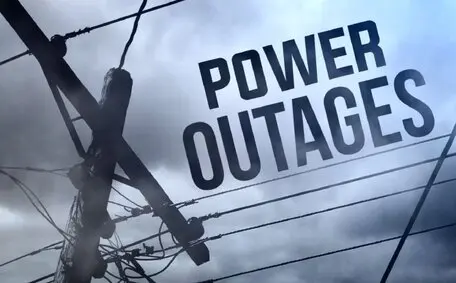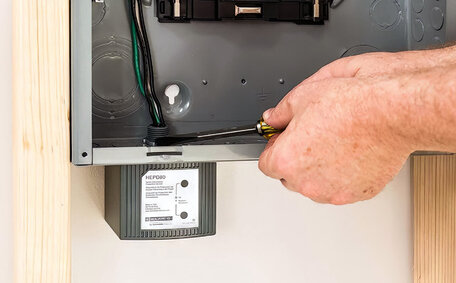
Do You Need A Surge Protector?
Unsure if you need a surge protector? Check out this guide to find out what they do, how they protect your electronics, and how to choose the right one for your home.
Read MoreLike other electronic devices and parts of an appliance, surge protectors wear out after repeated use.
The tricky bit with surge protectors is that you can’t really predict when they’ll fail. Typically, they last between 5 to 7 years. However, it’s wise to consider getting a new one every couple of years to help steer clear of power spikes and outages. For more details, check out this guide.
However, the device’s lifetime may vary with different surge protectors. Here’s a quick guide to help you determine when to replace your surge protector.
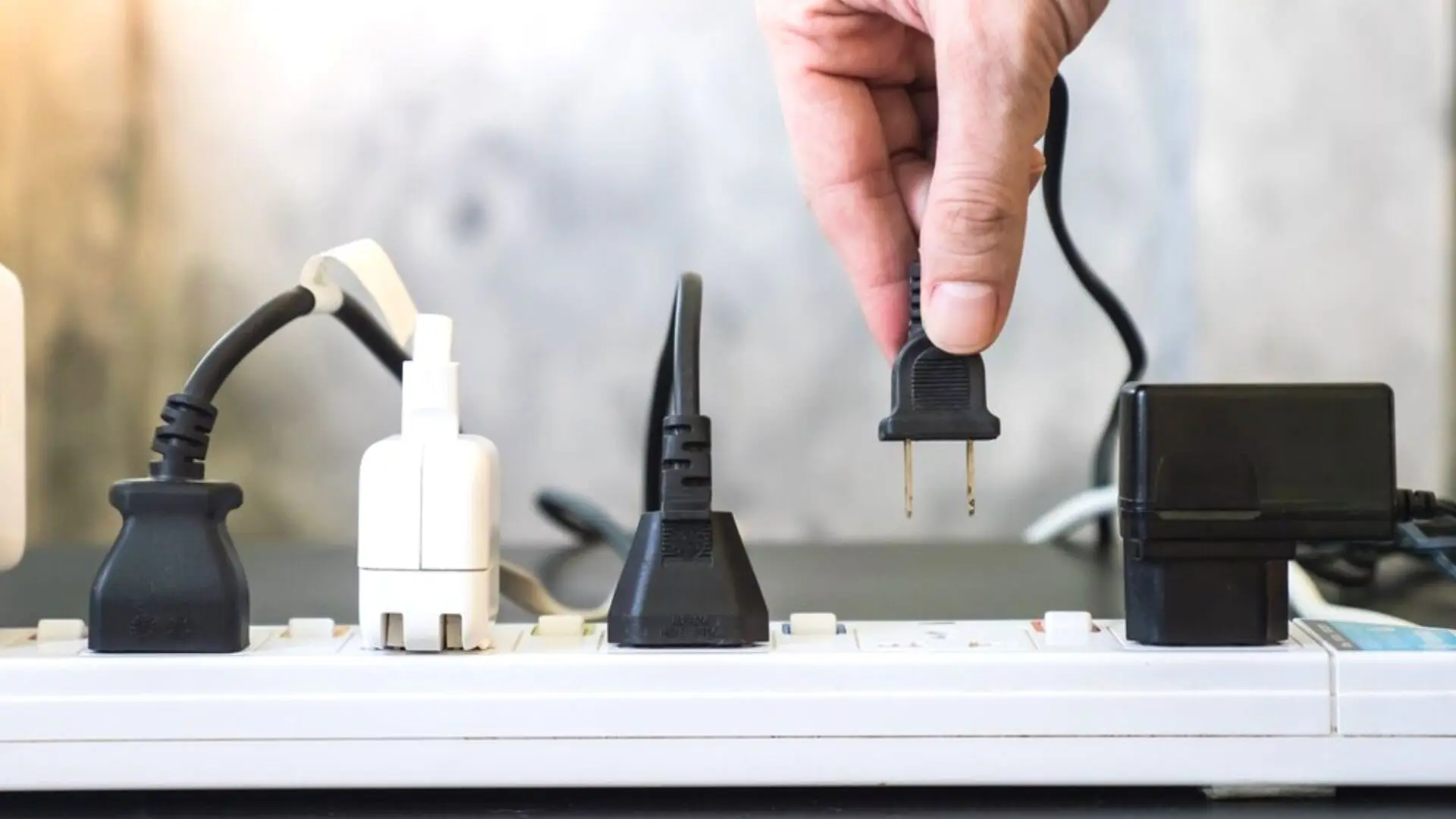
A surge protector allows the user to power multiple devices through a single wall outlet. Plus, surge protectors protect your electrical appliances from high-voltage power surges.
By distributing the electrical current over multiple devices, surge protectors use a basic power strip to handle excess current. They redirect this extra electricity into the grounding wire, which runs alongside the neutral and hot wires, preventing disruptions in the electrical system during high-voltage events.
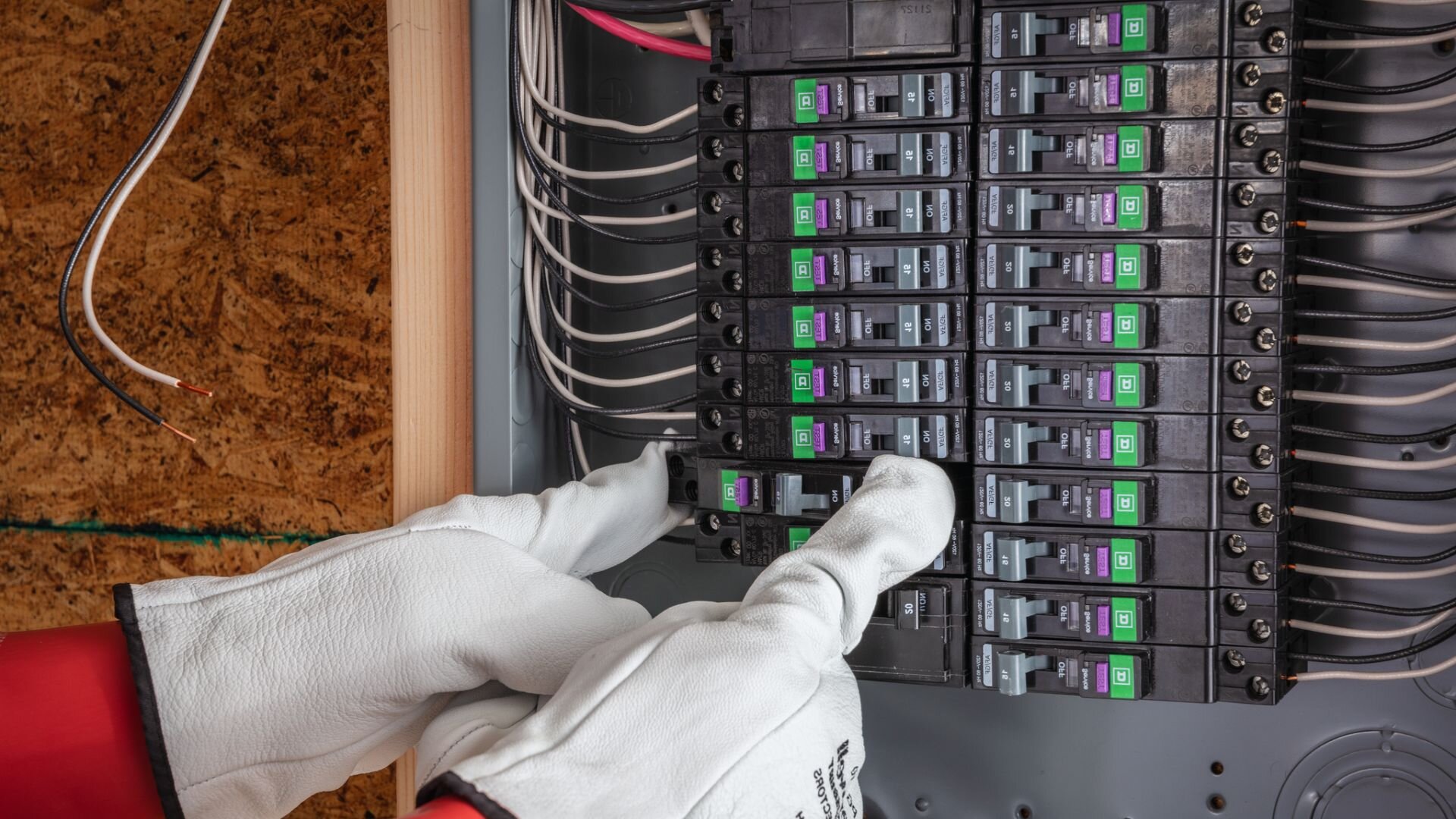
Although the longevity of a good surge protector largely depends on its quality and usage, it should last around 3-5 years. A low-quality surge protector will give out in a year, while one made of high-quality surge protection components may even last a lifetime. However, you must note that the average lifespan of surge protectors reduces with more frequent use.
Your trusty surge protectors shield devices from damaging surges and power spikes. Typically, these have a lifespan of about 3-5 years, but with a little TLC, they might serve you even longer. Their lifespan hinges on factors like quality, power handled, and the surrounding environment.
Surge protectors work by diverting excess power away from your devices. They do this by using surge components designed to absorb and dissipate excess power. When a power surge or spike occurs, the surge components in the surge protector divert the excess power away from your devices and into the power supply, helping to protect your devices from damage.
Over time, the surge components in a surge protector can wear out. This is why replacing your surge protector every 3-5 years or sooner if you notice any damage or malfunction is important.
Here are some tips for extending the lifespan of your surge protector:
Should your surge protector show signs of trouble, don’t hesitate—replace it straight away. A malfunctioning one might endanger your electronics.
You can measure a surge protector’s lifespan in joules. As such, a 500-joule surge suppressor may work well but is inefficient in protecting your devices from power surges of higher voltage. So, it would be best if you chose surge protectors according to your devices’ wattage.
For instance, if you get a surge protector with an 800-joule rating and a power surge of 200 joules, you are left with 600 joules of protection. However, if an 800-joule surge hits the device, it must be replaced immediately.
Think about your surge protector’s protective punch too. Typically, they hold up for about 3 to 5 years, which largely depends on how much energy they have to handle.
Although most surge protectors can work without protection, we do not recommend using them for long. If the surge protector is not rated for a high-voltage power surge, it is best to replace it as soon as the protection level wears out.
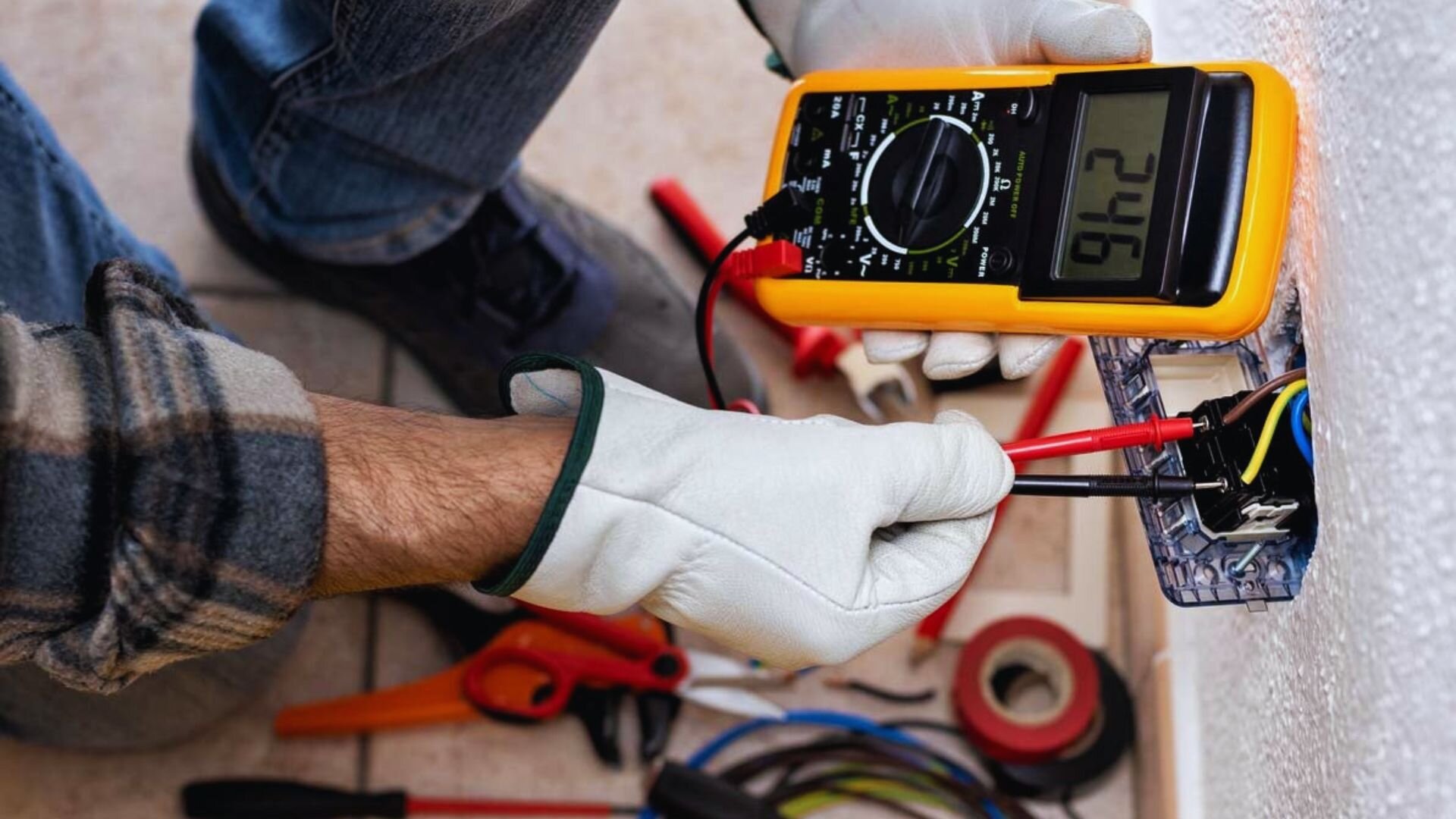
A surge protector cannot show you the number of joules left in the surge protection device. Some may be equipped with LED lights that stop working when the device runs out of joules. But the surge indicator light may or may not work correctly because the amount of joules left depends upon:
Although checking the LEDs is not foolproof, you can watch out for flickering lights to indicate issues. Many surge protectors come equipped with a status indicator. A green LED signifies that the surge protector is fully functional and new, while a red one indicates that the protection has failed. This is crucial in assessing how much protection your device is providing.
Some surge protectors also have audio alarms, which are important to heed as part of a comprehensive surge protection strategy. These alarms can alert you to excess voltage or other issues that may compromise your devices’ internal components.
Power strips with surge protection may have a built-in mechanism to alert you to damage. This might be a “protected” warning light or an alarm that is triggered if something is wrong with the surge protection mechanism, indicating that the device may no longer effectively withstand surges.
Therefore, we recommend investing in an expensive surge protector with an audible alarm if your budget allows. For additional electrical safety, consider getting a power conditioner. If the surge-protecting power strip shows any malfunction, unplug all the connected equipment immediately and check the voltage levels to ensure safety. This proactive approach is essential in maintaining a robust surge protection strategy and safeguarding your electronic devices.
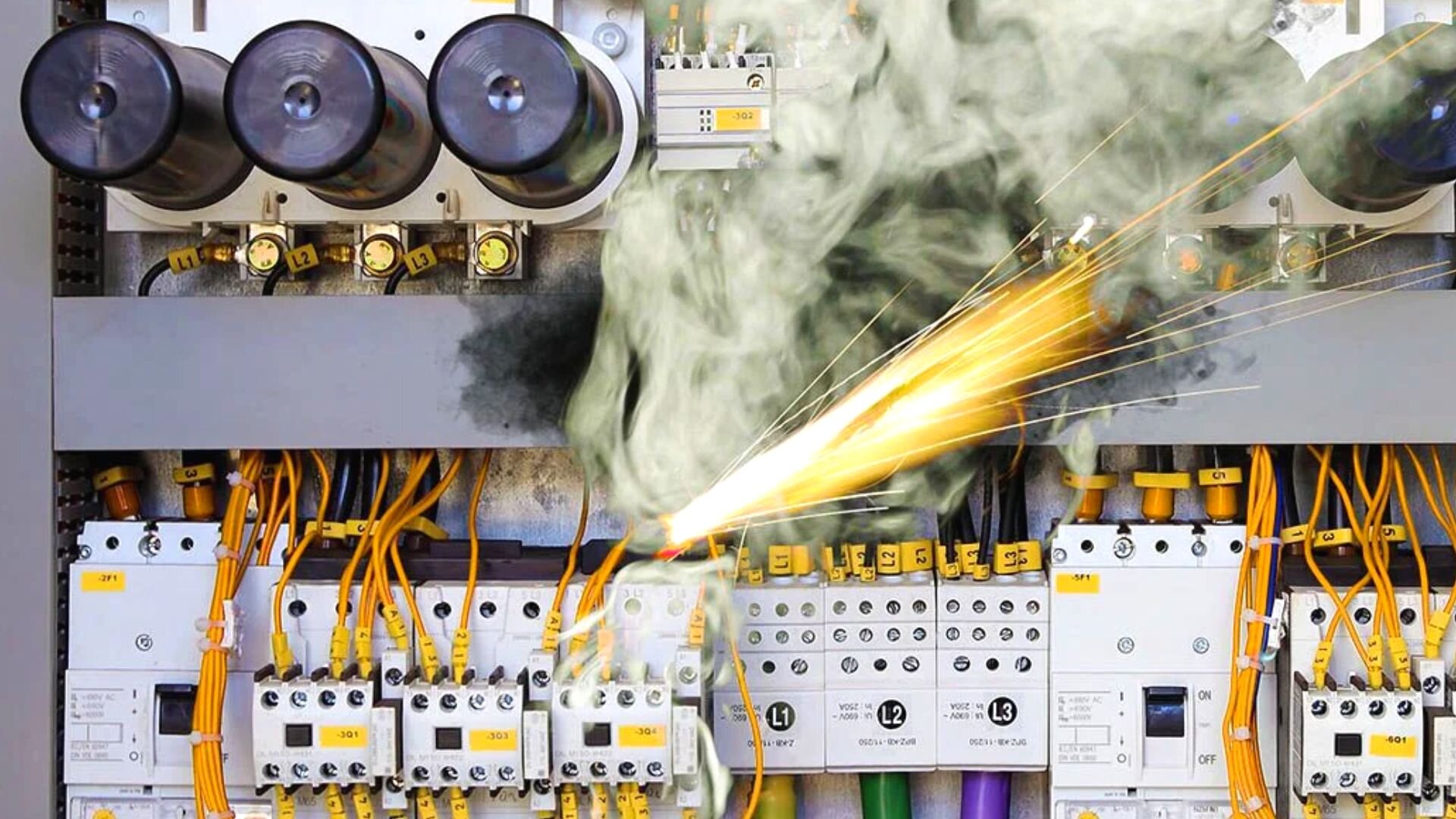
Any sudden voltage increase lasting 1-2 nanoseconds is a power or voltage spike. But if it lasts three or more seconds, it is termed a power surge.
Some of the most common causes of a surge or power spikes are:
When choosing a surge protector, consider a few things. First, consider the devices you will use. If you have sensitive electronics, such as computers or TVs, you will need a surge protector with a higher joule rating. Joule ratings measure how much energy a surge protector can absorb before it fails. A higher joule rating will provide more protection for your devices.
You also need to consider the location of the surge protector. If you live in an area prone to power surges, you will need a surge protector with a higher joule rating. Power surges can be caused by lightning strikes, power outages, and even faulty electrical appliances.
Finally, consider the price. Surge protectors can cost from a few dollars to several hundred dollars. Choose a surge protector that fits your budget and your needs.
Following these tips, you can choose a surge protector that will protect your devices for years.
Finally, it’s wise to opt for a surge protector with a one-year warranty to safeguard against manufacturing flaws. Be sure to read the user manual thoroughly to test the device properly.
However, amateurs should not handle electrical devices; we are here to help you. Our team of reliable, licensed electricians in Sydney will help you replace your surge protectors and handle sensitive electronics. From reconnecting your power to installing surge protectors - our electricians in Sydney can do it all!
Dedicated to your safety, Bright Force Electrical is available 24 hours a day, seven days a week. So, give us a call today!
No, not all surge protectors are made equal. A surge protector’s lifespan depends on several factors, including its quality, how many joules it can absorb, and its exposure to power surges. Premium surge protectors with higher joule ratings tend to last longer as they can handle more energy without failing.
The indicator lights on your surge protector offer essential insights into its condition. Generally, if the light turns off or changes colour, it signals a problem, probably from repeated power surges. Notice any erratic behaviour from your gadgets? That’s often a cue to swap out your surge protector.
Yes, connecting too many devices can potentially shorten the lifespan of a surge protector. Each device adds to the electrical load that the protector has to manage. If the combined energy demand of the devices exceeds the protector’s capacity, it can cause the protector to fail prematurely.
The number of joules a surge protector can handle measures its energy-absorption capacity. Protectors with a higher joule rating can absorb more energy from power surges, extending their lifespan. A surge protector rating of at least 600 joules is typically recommended for protecting common household electronics. Consider a protector rating of 1,000 to 2,000 joules or more for more expensive or sensitive equipment.
Did you enjoy reading our article “How Long Does A Surge Protector Last?”? We have many related articles you may also be interested in reading, like the below:
Unsure if you need a surge protector? Check out this guide to find out what they do, how they protect your electronics, and how to choose the right one for your home.
Read MoreAre you facing a power outage in Sydney but don’t know what to do? Here’s everything you need to know about dealing with power outages from professional electricians.
Read MoreInterested in learning about the crucial steps and guidelines for safely reconnecting power after experiencing an outage? Find out what you need to know to efficiently restore electricity and minimise potential risks.
Read MoreWe will call back as soon as possible.
